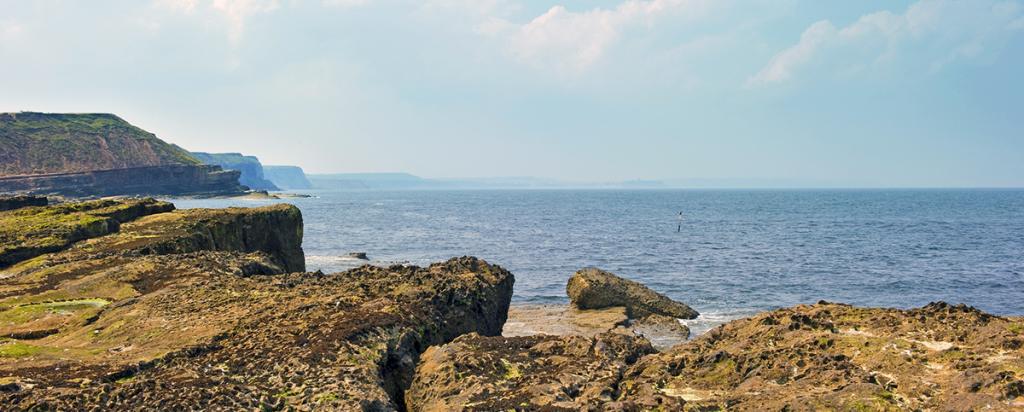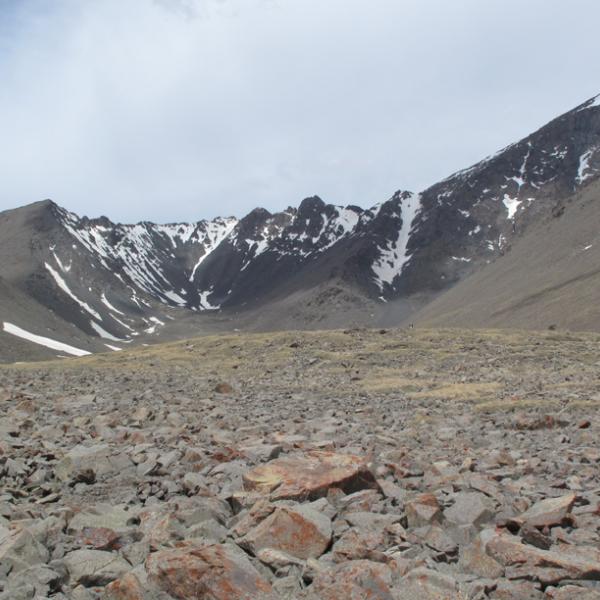
Key Points
- Research makes it possible to assess if and how rocky coasts, which make up the majority of the world’s coasts, including Australia and New Zealand, will respond to climate change
- It is believed to be the first time the relative long-term contribution of the erosion of landward retreating cliff and the wearing down and stripping of rock from the shore platform has been quantified
- Ultra-sensitive measurements on the Sirius accelerator were made of extremely low concentrations of the cosmogenic isotope beryllium-10
Predicted sea-level rise and an increase in the number and severity of storms are expected to lead to increases in coastal erosion.
However, assessing if and how rocky coasts, which make up the majority of the world’s coasts including Australia and New Zealand, will respond to changes in marine conditions is difficult because of current limitations in monitoring and modelling.
Coastal erosions is already occurring in Australia, where recent storms damaged many houses on the sandy north coast of NSW.
In a new study published in the Nature Communications, an international research collaboration between Durham University (UK), Imperial College London (UK), the University of Glasgow (UK), and Sussex University (UK) and ANSTO used cosmogenic beryllium (10Be) from a sandstone shore platform in North Yorkshire, UK, in measurements at ANSTO to quantify the changes in coastal erosion within the last seven thousand years.
The results suggest that the cliff has been retreating at a steady rate of 4.5 ± 0.63 cm yr−1, whilst maintaining a similar profile over seven thousand years.
It is believed to be the first time the relative long-term contribution of the erosion of landward retreating cliff and the wearing down and stripping of rock from the shore platform has been quantified.
Senior accelerator instrument scientist Dr Klaus Wilcken used the highly sensitive Sirius accelerator to gather the cosmogenic 10Be concentrations.
Cliff retreat drives the landward retreat of bedrock on rocky coasts, resulting in intertidal shore platforms fronting the coastal cliffs.
Observations of failing cliffs and the rates they are retreating are limited to the ‘historical’ timescale (annual-decadal), typically less than 150 years for observations of cliff top position. Direct high-resolution monitoring of cliff faces is recent and limited to a few years.
“In contrast using cosmogenic 10Be, we can look further into the past to assess coastal change on millennial timescales,” said Wilcken.
Cosmogenic 10Be is produced on rock platforms by cosmic-rays interacting with the quartz grains in the rock. A retreating cliff face will expose fresh rock that will start to accumulate 10Be at a given rate again.
“By collecting samples along the length of the platform from the cliff face as far out to the sea as the intertidal zone enables us we can measure a profile of 10Be concentrations along the platform,” said Wilcken.
“From the 10Be concentration profile, we can then model the history of the cliff retreat and the degredation of the platform.“
However, the process is challenging.
The concentrations of 10Be are extremely low (approximately between 1000 to 10000 atoms/g of quartz) due to the fast erosion and slow production of 10Be because the samples are shielded by the overlying water.
The modelling of shoreline responses that would have resulted in the measured 10Be profile was another challenge.
“We used 232 different scenarios to combine rates and trends of cliff retreat and down-wearing."
“This is currently very active research area. Half a dozen new platforms have been sampled and analysed already in Australia, NZ and UK,” said Wilcken.




